iPad 4 (Late 2012) Review
by Anand Lal Shimpi on December 6, 2012 4:40 PM ESTPowerVR SGX 554MP4 and iPad Retina Display: A Balanced Platform
For app and game developers, modern day tablets are treated much like game consoles. Although the hardware does see yearly updates, developers aim for a fast experience on as many platforms as possible (within reason). This is particularly true for mobile game developers. I pointed this out in our 3rd gen iPad review as big reason why Apple's significant advantage in GPU performance doesn't actually translate into better frame rates in games compared to Tegra 3 based tablets. Instead what we see game developers doing a lot of is playing around with detail settings and resolutions in order to scale performance across various hardware platforms.
Like almost every first generation Retina Display equipped Apple product, the 3rd generation iPad was ahead of its time in some areas. Although Apple did a great job enabling Retina support in first party applications, the hardware driving the display wasn't necessarily up to snuff. The PowerVR SGX 543MP4 delivered twice the shader performance of the iPad 2's GPU, but it had to drive a display with 4x the pixel count. Apple needed a quadrupling of GPU performance (and potentially a similar increase in memory bandwidth) in order to allow the most demanding games to run at the iPad's native resolution.
As a compromise, some game developers rendered titles at an intermediate resolution and simply upscaled the frame buffer to the iPad's native display resolution. Epic's Infinity Blade 2 rendered internally at 1.4x the resolution of the iPad 2. Infinity Blade 2 relied on AA to make the lower resolution look better. In the case of Infinity Blade 2, the game played pretty similarly on the iPad 2 and 3 and looked better on the 3rd gen model, which delivered much of what Epic was hoping to accomplish there. The 3rd gen iPad looked better and played at a similar frame rate to its predecessor. It just didn't look as good as it could have.
Where the 3rd generation iPad fell short, the 4th generation model stepped up to the plate. By once again doubling shader performance over its predecessor, games that aren't bound elsewhere should finally be able to run at the iPad's native panel resolution. Games limited by memory bandwidth on the 3rd gen iPad may still run into issues as the new iPad doesn't bring much of an increase in memory bandwidth, the same goes for ROP and texturing limited scenarios as neither count increases over the A5X. Given the current trend in gaming evolution, investing in additional shader performance makes sense.
I've been playing a lot of games on the new iPad and generally found that they fall into one of three categories. In many cases, the developer simply delivers the same experience on the 3rd and 4th generation iPads. The internal rendering resolution remains the same, as do texture filtering and detail settings. In this (fairly common) scenario, a game may continue to render at a non-native resolution or even the native panel resolution depending on the performance demands of the title.
In some cases, the developer will use the added GPU horsepower to deliver added detail on the 4th generation iPad. Finally, there are some games where the developer will put the A6X to use in delivering a higher native resolution and/or AA mode. I put together some screenshots showing most of these scenarios. If you want the original, high-res sources for most of these shots I've zipped them up here.
Dead Trigger
Dead Trigger doesn't seem to change resolution at all between the 3rd and 4th generation iPads, but we do see an increase in filtering quality on the latest iPad. Performance remains unchanged between the two, but if you look at distant surfaces you'll see a distinct difference between the 3rd and 4th gen models. Whether or not you notice the increase in filtering quality in actual gameplay really depends on the user. Dead Trigger is fast paced enough where I didn't notice an appreciable difference between the iPad 3 and 4, but if you spend your time doing a lot of image quality analysis you'll likely appreciate the newer iPad.
For this test we're looking at the far end of the left wall, highlighted above. The crop below is enlarged - I also scaled up the iPad 2/mini output so you can easily compare the difference in detail. Click on the buttons below to switch the crop source:

With a faster GPU and more video memory, the iPad 3 looks better than the iPad 2/mini output. The iPad 4 enjoys an edge over the 3 in filtering quality.
Batman: The Dark Knight Rises
The latest Batman game shows a mild difference in image quality between the iPad 3 and 4, although a tangible increase in resolution compared to the iPad 2/mini. Like all of the games I'm showing here, there doesn't appear to be a huge performance difference between any of the tablets. The game developer simply varies image quality in order to keep performance as consistent as possible across iPad versions:
In this scene we're looking at a crop of the railing to the right of Batman, giving us a good look at differences in resolution as well as texture quality in the background.
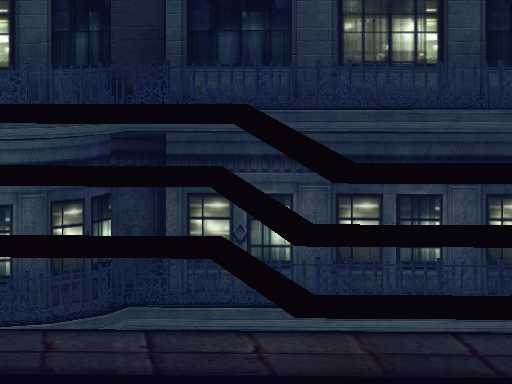
This is a fairly common situation for a lot of the newer titles. There's a resolution advantage on the Retina iPads, with a slight image quality advantage for the iPad 4 over the 3rd gen model.
N.O.V.A. 3
Our next title is yet another first person shooter: Near Orbit Vanguard Alliance (N.O.V.A. 3). The NOVA games have done a good job of staying up to date with the latest Apple hardware, and the latest installment is no different. On the iPad 3, the game seems to run at the same resolution as on iPad 2/mini but with a fairly blurry upscale. With the 4th gen iPad however, the developer was able to render at a higher native resolution which significantly improves image quality.
For this test we're looking at the green sign in the middle of the scene. Lining up all of the screenshots identically proved to be pretty difficult, so you'll notice the crops below shift around a bit. The difference between platforms is dramatic enough however to get the point across. Once again I scaled the iPad 2/mini output to the same output resolution as the Retina iPads for easier comparison:

The improvement is substantial. The game looks a lot better on the iPad 4 than on the 3.
Infinity Blade 2
Epic's Infinity Blade 2 needs no introduction, it remains one of the best looking games on the app store. A consequence of really pushing the envelope on mobile hardware meant that Epic couldn't run the title at the iPad 3's native resolution upon its release, instead settling on an intermediate resolution. Infinity Blade 2 gives us a good showing of resolution progression from the iPad 2 all the way through the iPad 4.
Here we're looking at two separate crops: one from the roofline in the upper left hand corner and another looking at the top of the trees in along the left of the scene.

There's an obvious improvement here, but you can really see the added resolution at work in the extreme crop below.

I should add that how apparent the added resolution is really depends on how much you're looking for it. The difference between the iPad 2/mini and the iPad 3 is pretty significant, the move to the 4 is more incremental. Such is the nature of the beast. With annual hardware updates, many of the improvements you see going forward will be more incremental visually. As very few software vendors are interested in alienating a large install base of older iPads, they will hesitate to only support the absolute latest and greatest. It's the same issue we have in PC gaming. That's not to say that we won't see a Crysis equivalent appear in mobile to coincide with major hardware launches down the road, it just won't be the norm.
It's clear that the PowerVR SGX 554MP4 was the right match for the iPad's Retina Display. I highly doubt that Apple will stop increasing GPU performance going forward (Rogue cometh), but it finally does have a much better balanced SoC/display setup in the 4th generation iPad.



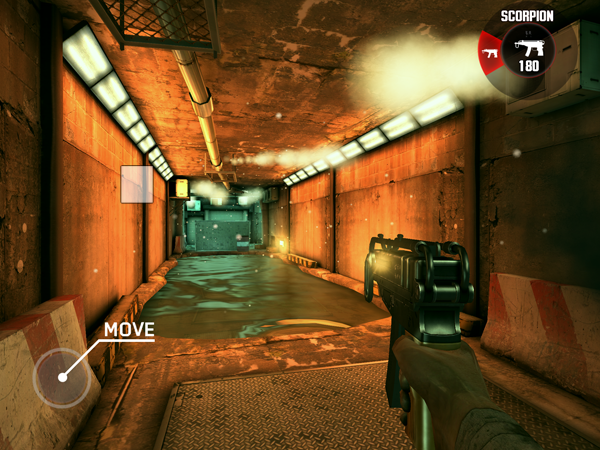
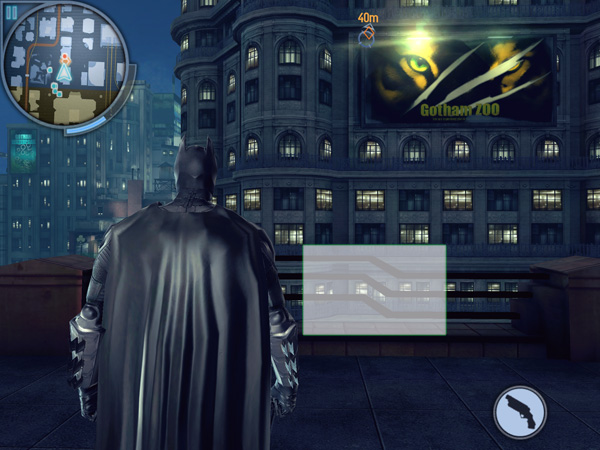
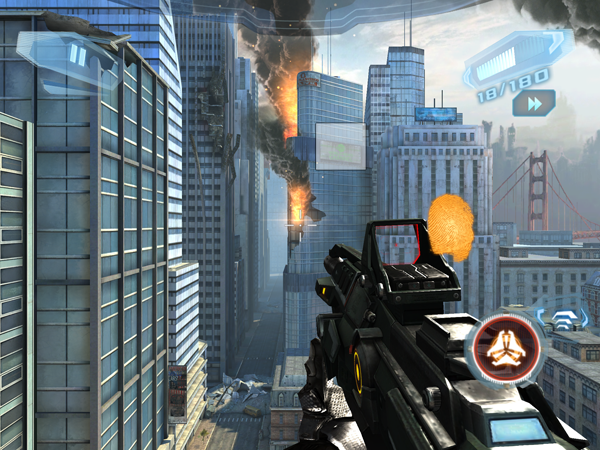
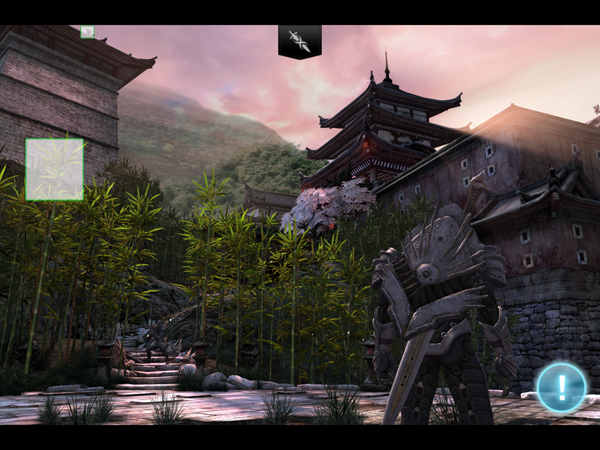








113 Comments
View All Comments
s44 - Thursday, December 6, 2012 - link
First pixel density is everything, now color calibration... Coincidentally when Apple starts promoting their selling point.zanon - Thursday, December 6, 2012 - link
None of this is new stuff kid. Pixel density has been something that a lot of us have wanted for a long time, it just somehow never was a priority for anyone. I can easily remember being awed by the IBM T220 (a 22" 3840×2400 [WQUXGA] screen) back in 2001. It used multiple dual link DVI, and the launch price was around $18k, dropping to around $8.5k a year or two later. I hoped back then that it would rapidly proliferate and descend at least to the mere "high end" level, rather then "stratospheric", but it was not to be. Similarly, color has also always mattered for a lot of us. I'm sitting in front of an NEC display built with that in mind, but there has been a whole market of higher end displays and calibration hardware since practically the dawn of color.Just because it's only now that, at long last, the industry is moving out of its previous equilibrium doesn't mean there's some conspiracy or "moving targets" or whatever other stupid BS you think of. It would have been nice to see this getting pushed harder and wider literally 10 years ago. Better late then never though. Excellent color and density should be the standard, not the exception, and I'm delighted to see everything suddenly leaping forward again. Density came first, as the most obvious, lowest hanging fruit. Color is next, first with tighter filters, hopefully next year with IGZO and quantum dot films. 120 Hz becoming standard everywhere would be nice too. Whoever helps make that happen gets a hearty thanks from me, even if I never buy any of their stuff directly.
Sabresiberian - Friday, December 7, 2012 - link
You are so right here! The introduction of the LCD set us back at least a decade, in terms of color quality, refresh rate, and pixel density.I'm not a great fan of Apple the company, but some things they do right, and do better than the PC industry. Displays in portable devices is one of those things. I'm not in the market for anyone's tablet, but I am tempted by the Retina Display notebooks.
PC portable computer manufacturers take notice: even a somewhat anti-Apple person is considering buying Apple over your junk displays. Time for you to step up your game!
Arbee - Friday, December 7, 2012 - link
I would kill for a 20" or 25" 4:3 LCD panel with something like 2048x1536 resolution on a good quality IPS panel with decent color fidelity.Heck, at this point I'd like to see any new LCD display that's 4:3 other than what's in the iPad. 4:3 is still preferable for a lot of actual work on computers (programming, word processing, spreadsheets, etc) but the industry decided unilaterally we were all just content consumers and we need a screen optimized only for movies.
tim851 - Saturday, December 8, 2012 - link
This is the "logic" of the anti 16:x crowd that I don't get.So you would kill for a 25" 4:3 panel with 2048x1536 pixels.
Why?
You are aware that a 30" 16:10 panel with 2560x1600px is
1) physically higher by almost an inch
2) has 64 more vertical pixels
Why the dislike for an extra 512 horizontal pixels?
Also, if you are willing to accept a 20" 4:3 screen: a 27" 2560x1440 screen that sells from 300$ on ebay is also physically higher (by more than 1 inch) and only has 94 viewer vertical pixels (6%)...
londiste - Saturday, December 8, 2012 - link
who said anything about dislike for horizontal pixels? it is dislike for lack of vertical pixels.anandtech site we're on fits just fine into half of my 1920 horizontal pixels, but the 120 extra vertical pixels that my 1920x1200 screen has over 1080p are extremely useful.
tim851 - Saturday, December 8, 2012 - link
The guy I responded to would "kill" for a display with 2048x1536 pixels.I wonder why, when he could have bought a display with 2560x1600 years ago.
That is MORE VERTICAL PIXELS and MORE PHYSICAL SCREEN HEIGHT.
Also, Anandtech is a very vertical site, I don't see how 120 extra pixels is helping you much there. Is scrolling 10 screens down instead of 9 really bothering you?
I use Firefox with the tree-style tab addon which puts the tabs in the sidebar, freeing up vertical space and practically using horizontal space. A lot of applications these days are optimized to use horizontal space.
Had a 21" 4:3 CRT until three years ago and let me tell you I gladly accepted a 16:9 24" LCD.
I for one prefer using two 'shallow' windows side-by-side instead of once very deep window.
Olaf van der Spek - Saturday, December 8, 2012 - link
1600p being 5x as expensive as 1080p is the real problem.Yes, more vertical pixels really matter in some cases. It's a bit like running out of memory and having to use swap, it's much slower.
Arbee - Monday, December 10, 2012 - link
I don't dislike the extra horizontal pixels, I just want more vertical pixels to go with it. I am a programmer; it is a *substantial* productivity boost to be able to see an entire function on the screen at once. Seeing more width is comparably of very limited benefit.And a $300 27" anything is unlikely to have a good-quality panel in it. I am so done with screens that go purple if you don't keep your head perfectly still (that on a $1800 Toshiba laptop) or have a weird tint to them that you can't get rid of.
xyzzy1 - Wednesday, December 12, 2012 - link
Much like Digital/CD set back musical reproduction. Digital is still trying exceed what top end analugue playback achieved! Off topic but couold not resist....